Word going around on Facebook that master inker and comics technical innovator Murphy Anderson has passed away at age 89. No details yet available. Anderson was one of the great DC inkers of all time, providing crisp clean lines that defined the look of Hawkman, Superman, and Adam Strange, and, indeed, the whole DC line of the Silver Age, inking over Carmine Infantino, Gil Kane and most notably, Curt Swan. He was inducted into the Jack Kirby Hall of Fame (precursor of the Eisner HoF) all the way back in 1988, a tribute to his statue in the industry.
From his origins in the Golden age, where he worked on the Buck Rogers comic strip and PS magazine, through his Silver Age triumphs, Anderson went on to become a pioneer of the technique of making comics. He’s actually credited with helping develop the current size of comics art:
Murphy even unintentionally revolutionized the industry in the mid ‘60s. After asking DC production manager Sol Brodsky if he could draw his pages at a smaller, more efficient size instead of the then-standard “twice-up”12”x18”, Brodsky liked the idea so much he made it mandatory for all DC artists. Other publishers soon followed, and the 10”x15” size suggested by Murphy remains the standard today.
Later in his career, Anderson established Murphy Anderson Visual Concepts in 1973, a freelance production house which helped with color separations, lettering and other prep work for many of DC’s comics of the era, just as coloring techniques were becoming more sophisticated. Anderson even contributed to Cerebus Jam, a mix of the indie and “ground level” artists of the time.
On a personal note: when I was a kid and went to comic cons, Anderson would be the only guy who wore a suit in artists alley, and I found that pretty intimidating. His very professional (but friendly) demeanor definitely set him apart fro the other artists of his time, and it’s no surprise that he was as successful as a businessman as a creator.


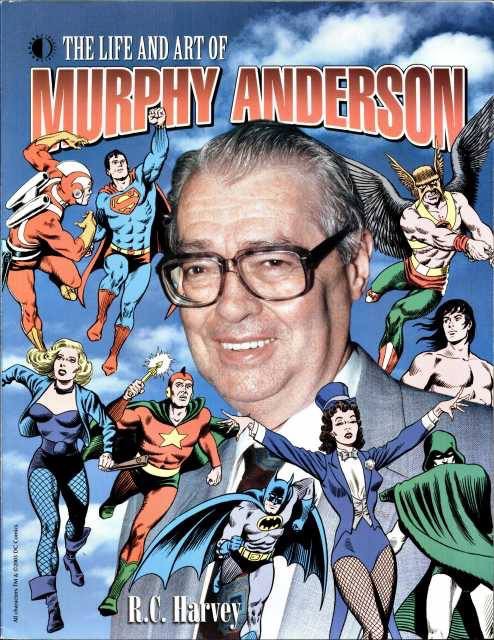
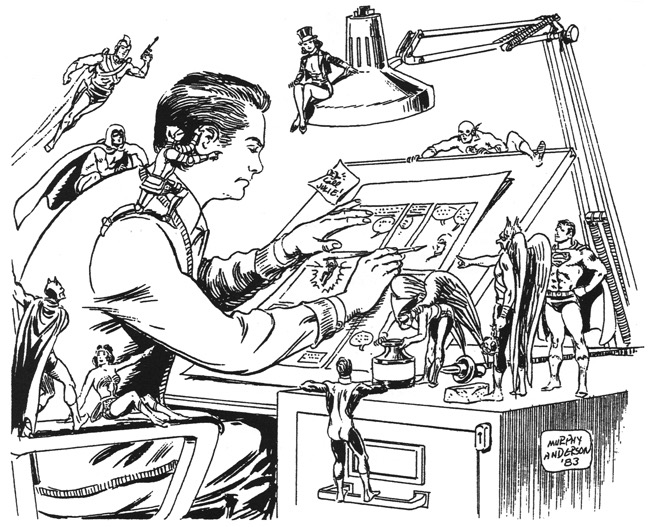
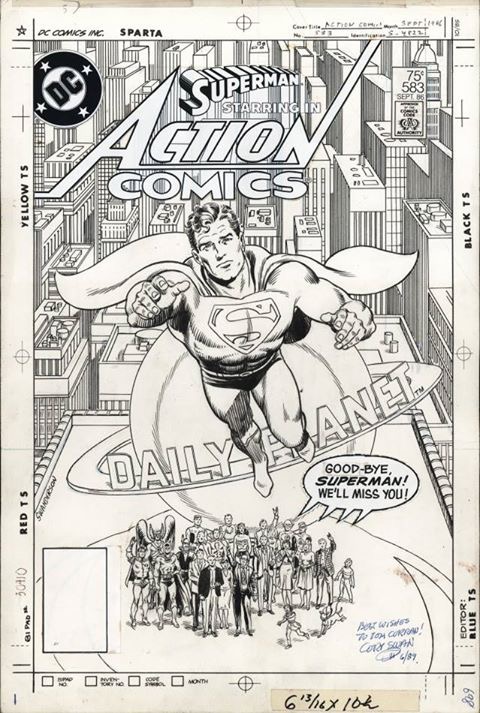
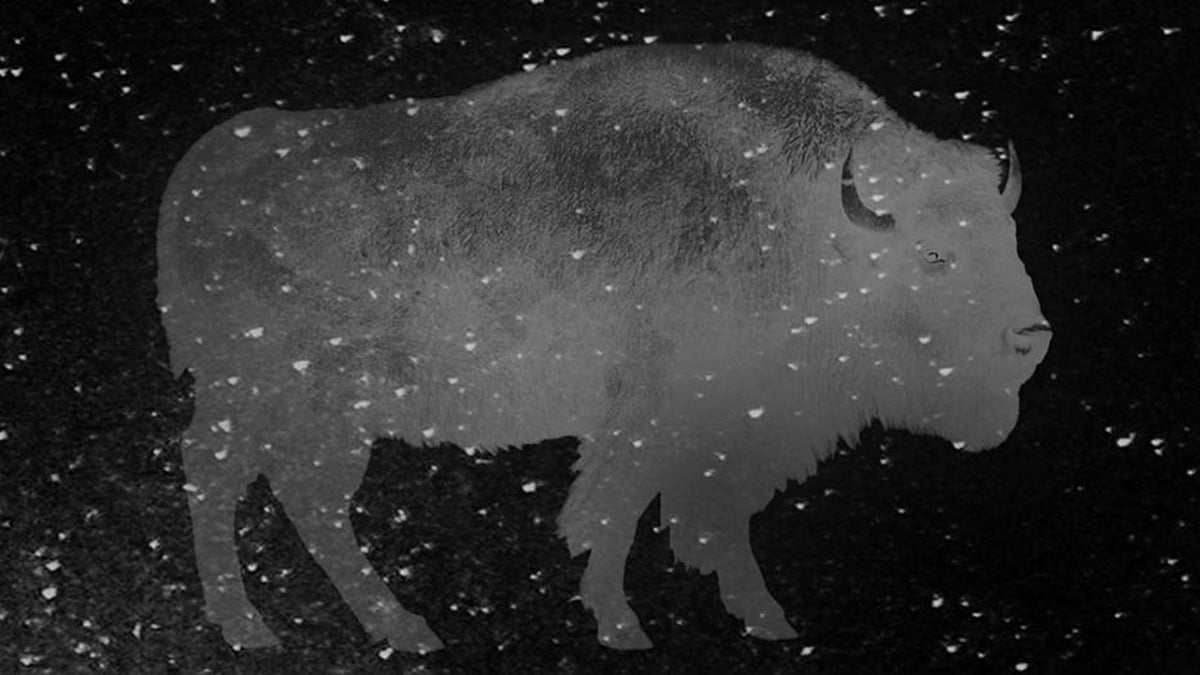
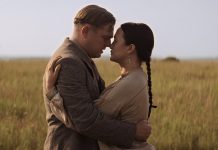




A nice remembrance. One thing, though: my understanding is that Murphy didn’t effect the new page size because of anything he was drawing, nor did Sol Brodsky have anything to do with it (why would he? Murphy was a DC artist at the time). Murphy pointed out that by reducing the page size, the pre-prep cameras could photograph two pages at once rather than one at a time, saving time and money.
Not sure why Sol Harrison turned into Sol Brodsky, but regardless … Murphy Anderson was amazing, and will be missed.
Thanks for the corrections, guys. The name Sol Brodsky did set off a wee alarm in my head.
I’m sure Anderson’s many many technical contributions to the medium will be more discussed in remembrances. My understanding is that he was a very forward looking guy.,
For me, the definitive Superman was Curt Swan inked by Murphy Anderson. He was one of the all-time great inkers.
“His very professional (but friendly) demeanor definitely set him apart fro the other artists of his time …”
Artists of Anderson’s generation usually weren’t fans. They were professionals who took any assignment. Didn’t matter if it was a superhero story or a romance, Western or horror yarn. They learned to draw anything. Can’t say that for a lot of artists who have entered the industry since about 1980.
My understanding is that Sol Harrison had Murphy test the smaller original art size AFTER Chemical Color wanted to get new cameras that would shoot four pages together instead of two, eliminating the need for union engravers to combine/strip the negatives. Sol Harrison believed that Murphy Anderson was the penciller/inker best suited to drawing in the smaller format. The change was made for solid financial reasons (as is usual in any business) and in this case to eliminate an extra step that had to be performed by higher-priced union engravers. A change like this would never have been made just because a single artist preferred working smaller. Anthony Tollin (former DC Comics asst. production manager/color coordinator)
Comments are closed.